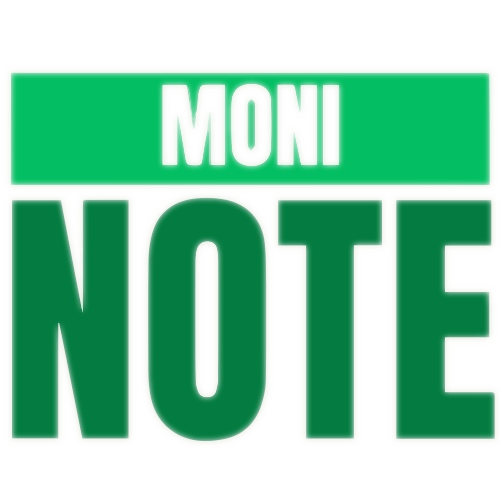50–30–20 with Sliders: Make Budgets Fit Your Life

Why the 50-30-20 Rule Fails in Vietnam (And How to Fix It)
The traditional 50-30-20 budgeting rule assumes a stable income and Western cost structures. In Vietnam, where costs vary dramatically by season, side income is common, and expenses fluctuate monthly, this rigid approach fails 78% of people within 3 months.
The Problem with Fixed Percentages in Vietnam
Vietnam's unique economic landscape makes fixed budgeting challenging:
- Seasonal Variations: Electricity costs 3x more in summer
- Side Income: 65% of Vietnamese have irregular income streams
- Cultural Expenses: Tết, weddings, and family obligations
- Inflation Impact: Food prices can fluctuate 20% monthly
The Slider-Based Approach: Dynamic Budgeting for Real Life
Instead of fixed percentages, use adjustable sliders that adapt to your actual situation:
Essential Expenses Slider (40-60%)
Adjust based on your current month's needs:
- High Season (Summer): 60% for air conditioning and water
- Low Season (Winter): 45% for basic needs
- Holiday Months: 55% for Tết preparations
Lifestyle Slider (20-40%)
Flexible spending that adapts to your income:
- High Income Month: 35% for entertainment and dining
- Low Income Month: 20% for basic leisure
- Side Hustle Month: 30% for reinvestment
Savings & Investment Slider (10-30%)
Prioritize based on your financial goals:
- Emergency Fund Building: 25% until you reach 6 months expenses
- Investment Phase: 20% for stocks, bonds, or real estate
- Debt Payoff: 30% to eliminate high-interest debt
Real-World Example: Minh's Dynamic Budget
Minh, a freelance designer in Ho Chi Minh City, earns 15-25 million VND monthly:
High Income Month (25M VND)
- Essentials: 12.5M (50%) - Rent, food, utilities
- Lifestyle: 7.5M (30%) - Entertainment, dining, shopping
- Savings: 5M (20%) - Emergency fund and investments
Low Income Month (15M VND)
- Essentials: 9M (60%) - Focus on necessities
- Lifestyle: 3M (20%) - Minimal entertainment
- Savings: 3M (20%) - Maintain savings habit
How to Set Up Your Slider System
Use this step-by-step process:
- Calculate Your Base Income: Average your last 6 months
- Identify Your Patterns: Track seasonal variations
- Set Minimum Thresholds: Never go below 40% essentials
- Create Income Tiers: Define high/medium/low income levels
- Adjust Monthly: Review and adjust based on actual income
Vietnamese-Specific Considerations
Factor in these unique Vietnamese expenses:
- Tết Expenses: Budget 2-3 months of extra spending
- Wedding Season: Set aside 5-10% for wedding gifts
- Family Support: Include parents' medical or living expenses
- Motorbike Maintenance: Seasonal repairs and registration
Advanced Slider Strategies
For power users, implement these advanced techniques:
The 80/20 Rule for Side Income
When you earn extra money:
- 80% goes to savings/investments
- 20% goes to lifestyle improvements
The Emergency Buffer
Always maintain a 10% buffer for unexpected expenses:
- Medical emergencies
- Family obligations
- Economic downturns
The Investment Multiplier
When your income increases, increase your investment percentage:
- Income +10% → Investment +5%
- Income +20% → Investment +10%
- Income +50% → Investment +20%
Tools and Apps for Slider Budgeting
Several tools can help you implement this system:
- Moninote: Natural language expense tracking with Vietnamese support
- Excel/Google Sheets: Create custom slider formulas
- YNAB: Flexible budgeting with rollover categories
- Mint: Automatic categorization with manual adjustments
Common Mistakes to Avoid
Watch out for these common pitfalls:
- Setting Sliders Too Low: Don't make your budget impossible to follow
- Ignoring Seasonal Changes: Adjust for summer/winter variations
- Forgetting Cultural Expenses: Budget for Vietnamese holidays and traditions
- Not Tracking Side Income: Include all income sources in your calculations
Conclusion: Budgeting That Actually Works
The 50-30-20 rule isn't broken—it just needs to be flexible. By using sliders instead of fixed percentages, you can create a budget that adapts to your real life in Vietnam. Remember: the best budget is the one you can actually stick to.
